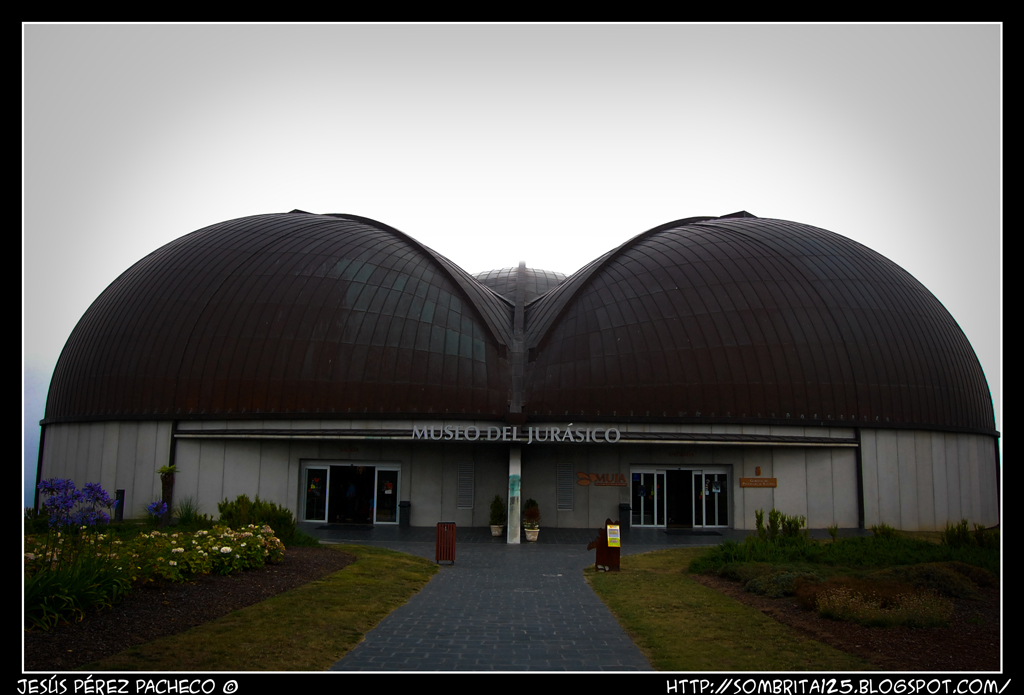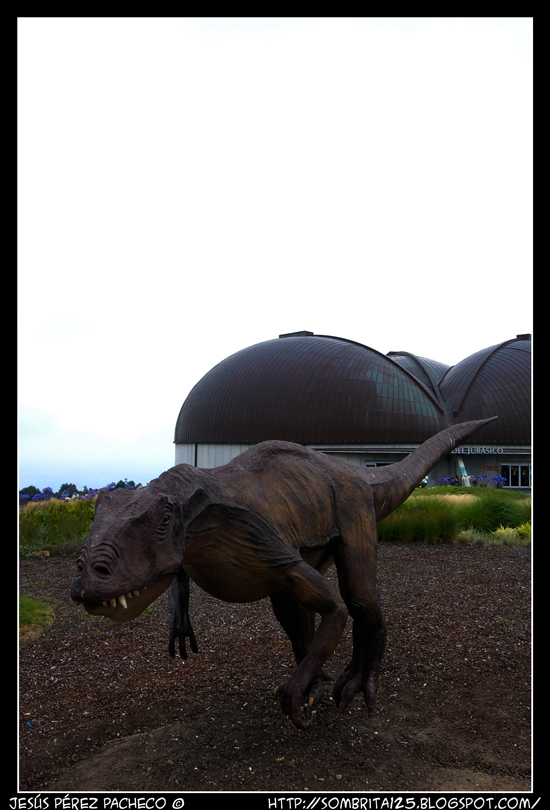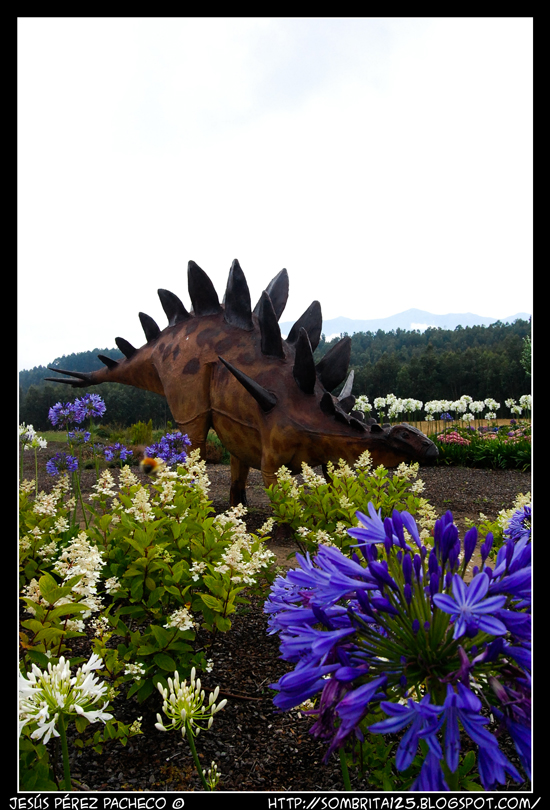Carnotaurus (Toro carnivore)  During the Jurassic period, an ocean separating the continents of North and South of the Earth. The dinosaurs of different land areas began to evolve in very different ways. At the end of the Jurassic, some 144 million years ago South America was separated from the other southern continents. This isolation led to the development of special types of dinosaurs in this continent, such as Carnotaurus carnivore.
During the Jurassic period, an ocean separating the continents of North and South of the Earth. The dinosaurs of different land areas began to evolve in very different ways. At the end of the Jurassic, some 144 million years ago South America was separated from the other southern continents. This isolation led to the development of special types of dinosaurs in this continent, such as Carnotaurus carnivore. Carnotaurus
The shares some features with dinosaurs in the northern hemisphere, as sharp and curved teeth that are observed in all carnivorous theropods. It has very short bones in the arms, similar to Tyrannosaurus
of North America and Asia. On the other hand, there are specific features of Carnotaurus
, like horns.
The horns are bone and out of the rear ends of the skull, are facing up and out. Probably in life were covered by a horny sheath, like the horns of bulls and rams today. The horns have a decorative function. Since so few have been discovered skeletons Carnotaurus
do not know if they had only males or females also.

The Slayer Skill
Carnotaurus muzzle was very narrow, but the horns are made much wider. The eyes were oriented slightly forward. Accordingly, the Carnotaurus
had a certain capacity of binocular vision, so that the fields of vision of left and right eye could overlap. This is also a feature of human vision allows the animal yu estimate distances accurately. With a vision so good, probably
Carnotaurus was a formidable hunter, able to detect and hunt their prey with great efficiency.

small dams
But what Carnotaurus
ate? Most short-armed dinosaurs like Tyrannosaurus
had very large heads and strong that essentially served as a weapon to kill. But because of its shape and flexibility, the skull of Carnotaurus
was quite weak. It could bend and break, particularly during scuffles with larger animals. This suggests that
Carnotaurus not used to attack animals of the same size or bigger than him, because his skull had not resisted these forces. On the contrary, could hunt smaller animals and agile using specialized vision and his ability to boot to run very quickly to achieve them.

 The shape of the skull of Carnotaurus is different from most other carnivorous theropods. The short nose and skull erea much higher. By contrast, the lower jaw was shallow and had a hinge joint allowing the front of the madíbulas to move rather than later. The horns projecting outwards and upwards above the eye sockets.
The shape of the skull of Carnotaurus is different from most other carnivorous theropods. The short nose and skull erea much higher. By contrast, the lower jaw was shallow and had a hinge joint allowing the front of the madíbulas to move rather than later. The horns projecting outwards and upwards above the eye sockets.  The Carnotaurus had four fingers on each hand, while the other theropods had three. The shape of the bones of the arms follows that the upturned palm instead of the typical down position. No one knows the reason for this phenomenon.
The Carnotaurus had four fingers on each hand, while the other theropods had three. The shape of the bones of the arms follows that the upturned palm instead of the typical down position. No one knows the reason for this phenomenon. SHEET
Gender: Carnotaurus
Rating: Theropoda; ceratosaurs; Abelisauridae
Length: 7.5 m
Height: 3.5 m
Weight: Up to 1 tonne
Period: Cretaceous half, about 113-91 million years
Found in: Argentina










